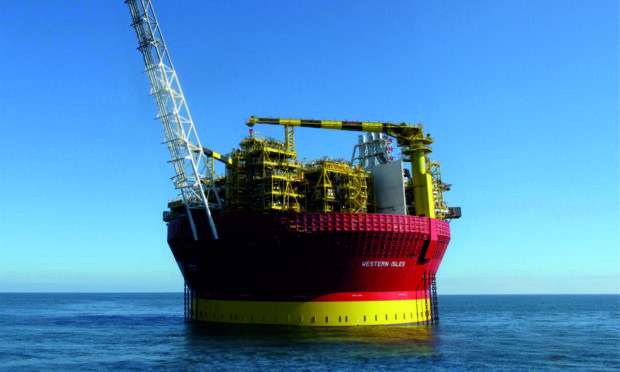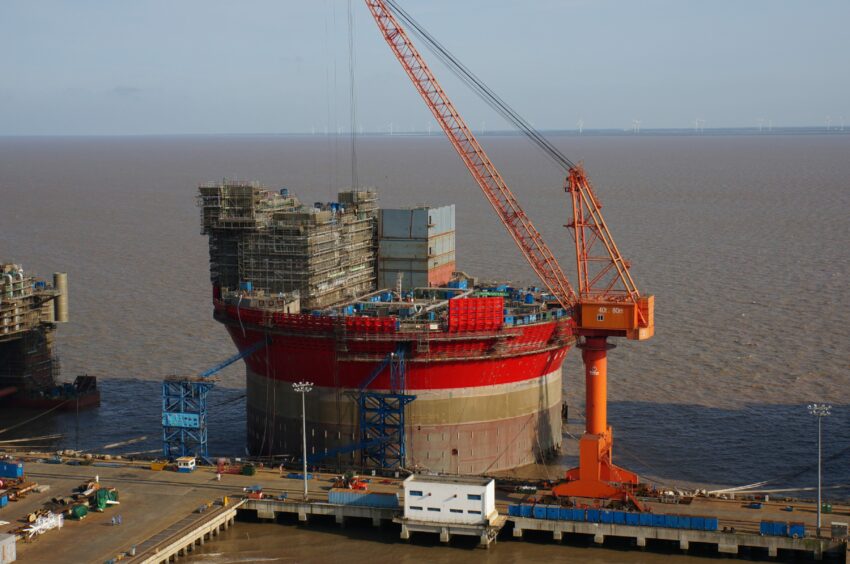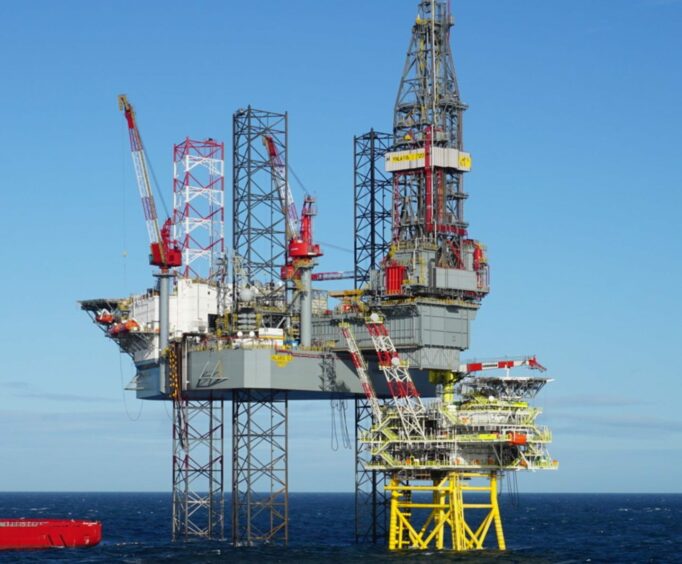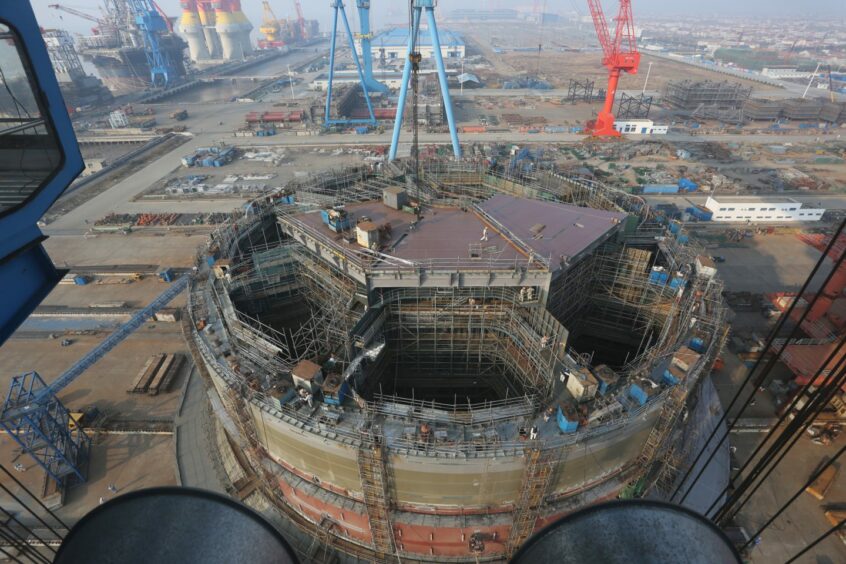North Sea firm Dana Petroleum has set a rough date for the shutdown of its Western Isles floating production storage and offloading (FPSO) vessel west of Shetland.
An agreement with equity partner Neo Energy was reached earlier this year to end production from the FPSO “on or around” March 31 2024.
This would mean a permanent shutdown less than seven years after start-up.
“Disclosures and paperwork have been submitted to the authorities in the UK to progress to this phase and the appropriate documentation will be prepared as the decommissioning project matures,” Aberdeen-based Dana said in its accounts for 2022.
Work on the FPSO to prepare it for removal could start later this year
It follows the submission of a draft decommissioning plan for the FPSO to the Offshore Petroleum Regulator for Environment and Decommissioning (Opred) in February.
Dana’s document said work to prepare the floating asset for removal could start as early as the final quarter of this year, although the vessel’s ultimate fate is still under wraps.
Designed by Sevan SSP and started up in late 2017, the Western Isles produces from the Harris and Barra oilfields around 100 miles east of Shetland in the northern North Sea.
Dana has a 77% operated stake in the asset, while the remaining 23% is held by Neo Energy.
According to Dana, the vessel will be disconnected from its mooring system and risers before being towed to port for cleaning and/or refurbishment.
From there, the vessel will either be reused or sent to a licensed facility for dismantling and recycling.
Should no reuse option be identified, Opred will be “advised on the fate of the vessel”.
Dana’s profits skyrocketed last year, while revenue nearly trebled
Dana’s 2022 results revealed pre-tax profits of £371 million last year, a huge jump on the £22m recorded in 2021.
Revenue for the latest period totalled £839m, nearly treble the £298m posted for the previous year as the company reaped the benefits of sustained higher oil and gas prices.
The industry’s bountiful takings in recent times have proved to be a double-edged sword, because of the UK Government’s energy profits levy.
The levy, or windfall tax, was introduced in May 2022 and increased a few months later.
It means oil and gas companies now have to contend with a headline tax rate of 75%, although there are investment incentives to offset this.
Dana’s £212 million windfall tax hit
As a result of the policy, Dana was hit with an additional windfall tax charge of £212m for 2022.
The company’s improved results were also the result of production from the Tolmount field, with first gas achieved in April 2022.
Dana is a 50% partner alongside operator Harbour Energy in the southern North Sea gas development.
There are plans to develop the area further through Tolmount East, a tie-back to the existing platform.
Harbour Energy completed a development well on the extension earlier this year.
Tolmount East may start up later this year
Dana has now confirmed it is on course to start producing from Tolmount East in late Q4 2023 or early Q1 2024.
Meanwhile, Dana has “committed to drilling” two further UK prospects this year – Earn and K2, the latter of which is operated by Ithaca Energy.
Dana is owned by Korea National Oil Corporation, which acquired the business in a £1.7 billion takeover in late 2010.
Made in China: Western Isles FPSO a radical departure from traditional North Sea designs
The Western Isles FPSO is thought to be the first in the UK constructed entirely in China.
The £250m-plus structure is round, a radical departure from the FPSO ships traditionally used in the North Sea.
It was not be the first round FPSO to be used in UK waters at start-up but it was the largest, with a storage capacity of up to 400,000 barrels of oil and handling capability for up to 40,000 barrels per day.



